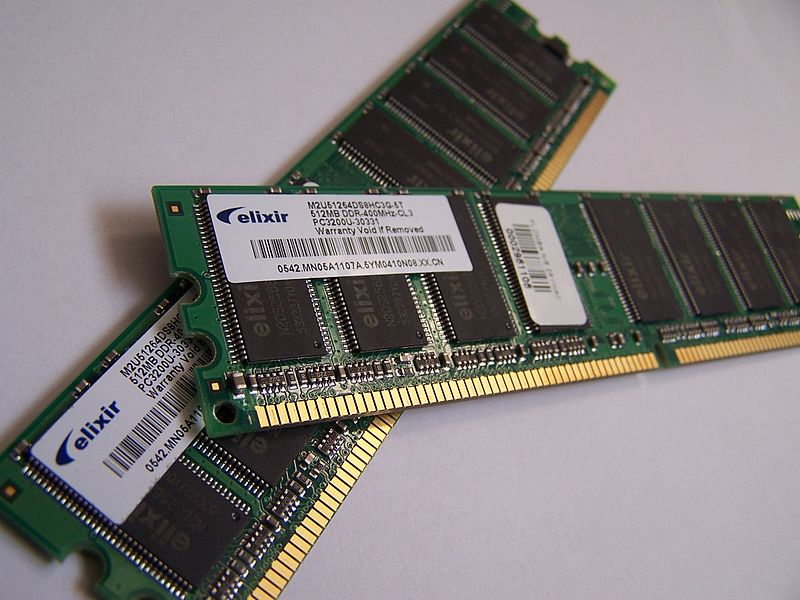RAM is a critical component to any computer.
A computer will not even start without it.
What is involved in selecting and installing RAM?
(1) What type of memory is needed? Is it SO-DIMM, typically used in laptops, or DIMM, exclusively used in desktops? Is it SDRAM (PC), RDRAM, DDR (PC), DDR2 (PC2) or DDR3 (PC3)? SDRAM and RDRAM are old and quite uncommon. DDR, DDR2, and DDR3 are more common. Surprisingly, the older the RAM is, the more expensive it is.
(2) How much memory should be installed? Motherboards have limitations to the quantity of RAM that can be added. Each board is different and so it is necessary to check what the maximum memory capacity is of a given motherboard.
(3) What type of operating system is being used? Windows XP needs at least 1GB of memory to run correctly however it has issues detecting more than 3GB. Windows Vista and Windows 7 need at least 2GB, but cannot detect more than 4GB if running a 32bit operating system. How to check what operating system is running.
A common misconception is that more RAM always makes your computer run faster, but this is not necessarily true. RAM prevents the computer from running slower, but more RAM will not make the system run faster if the memory resources are already sufficient. Check how much of your memory resources your computer is using right now. If all or most of the memory is being used, the computer will run very slow. With sufficient memory, the computer will not experience this slow down.
At Nick’s Computer Services we can determine what memory is needed, how much memory is needed, install the memory, verify it is working, and provide other recommendations to improve your system performance.
